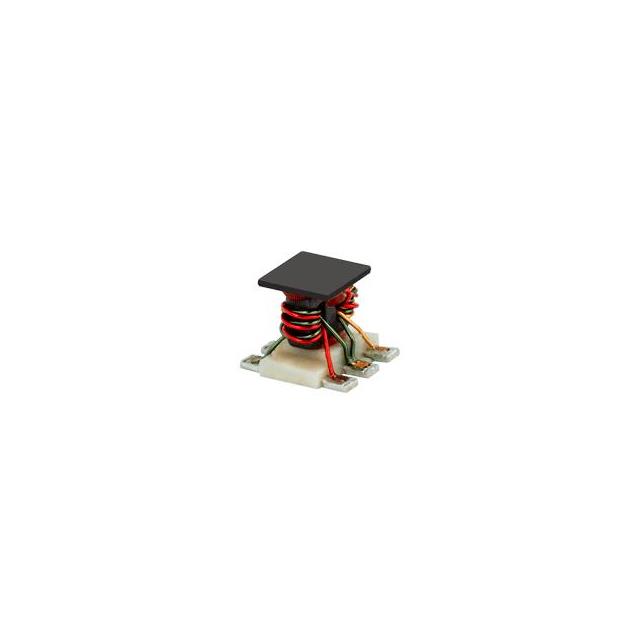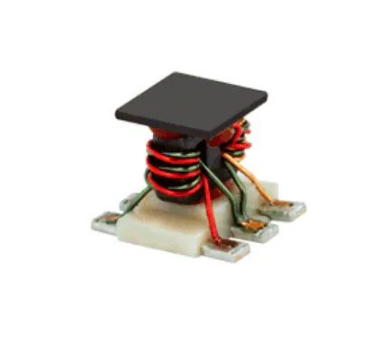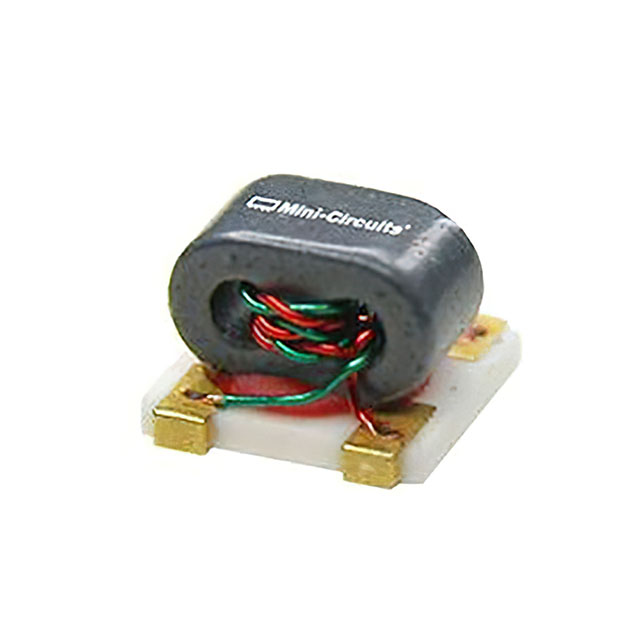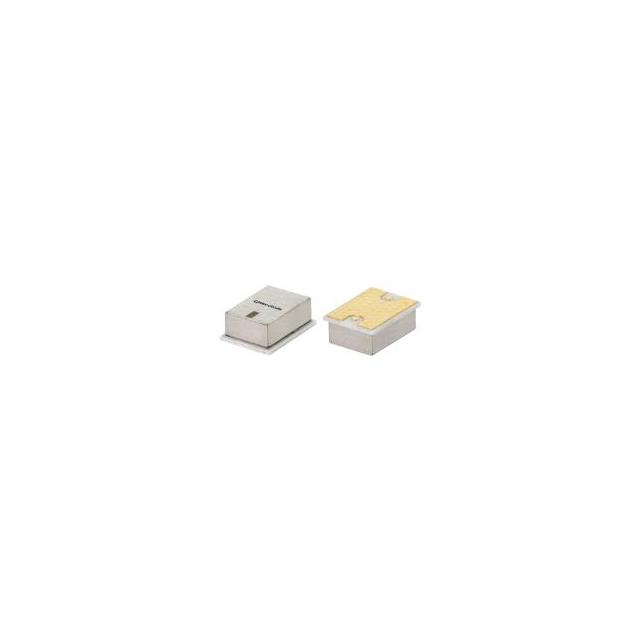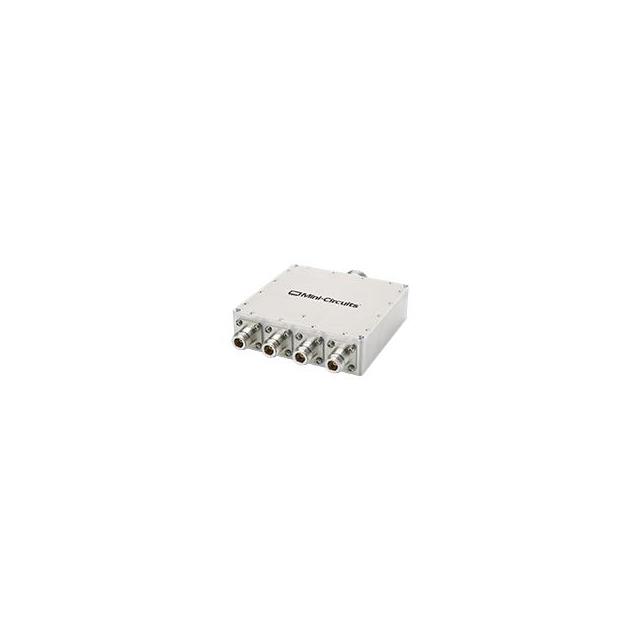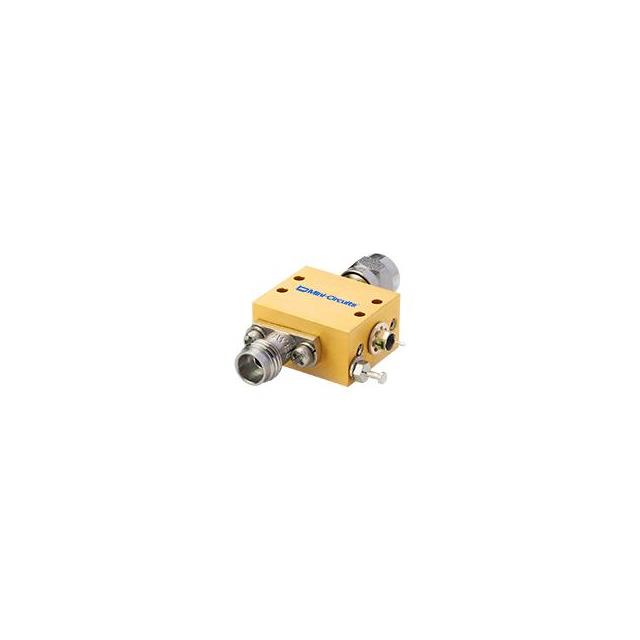Signal Conditioning Electronic Components
ALL Electronic Components
Result: 6
TCM1-382WX+
- Mini-Circuits
- Audio Transformers / Signal Transformers
- New original
-
Data sheet:
TCM1-382WX+ Datasheet
Quote:
COM-2G42G51K0+
- Mini-Circuits
- Signal Conditioning
- New original
-
Data sheet:
COM-2G42G51K0+ Datasheet
Quote:
"Signal Conditioning" refers to the process of manipulating and optimizing signals generated by sensors or other electronic devices. This process aims to make the signals more suitable for further processing, transmission, or display to meet specific application requirements. Signal conditioning typically involves multiple steps and electronic components to ensure the accuracy, stability, and adaptability of the signal. Here are some electronic components and steps related to signal conditioning:
Amplifiers: Used to increase the amplitude of the signal to improve the signal-to-noise ratio or meet the input requirements of receiving devices.
Filters: Used to remove or weaken specific frequency components in the signal to reduce interference or adapt to a specific frequency range.
Analog-to-Digital Converters (ADC): Converts analog signals into digital form, allowing them to be processed, stored, or transmitted in digital systems.
Digital-to-Analog Converters (DAC): Converts digital signals into analog form for use in analog circuits.
Filter Amplifiers: Components that simultaneously act as amplifiers and filters, used to implement signal conditioning in a single device.
Isolators: Provide electrical isolation between circuits to prevent signal cross-talk interference.
Level Shifters: Adjust the signal voltage level from one range to another to adapt to different circuits or devices.
Filter Amplifier: Combines filtering and amplification functions to adjust the signal's frequency and amplitude.
Calibration Circuits: Used to calibrate and adjust the signals output by sensors or measurement devices to improve accuracy and precision.
Signal conditioning is a critical step in ensuring that signals collected from sensors or other sources are correctly processed and interpreted throughout the electronic system.


